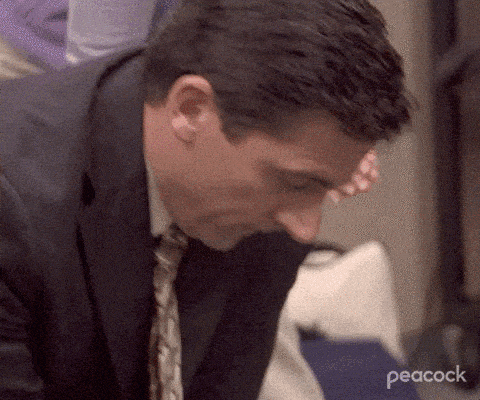- Searcher Systems
- Posts
- The Shoe Must Go On:
The Shoe Must Go On:
Evaluating an Acquisition in the Affordable Luxury Market
Forwarded this newsletter? Subscribe for free!

The Shoe Must Go On: Evaluating an Acquisition in the Affordable Luxury Market.
Imagine the chaos of five kids running around Philadelphia in the early days of summer when there’s no school and no camp. Now, add the pressure of evaluating a business deal that’s been as flat as a ballet shoe since 2017. So, let’s talk about carrying capacity—not just in business, but in real life.

Reviewing the P+L of a twenty year old shoe brand with my 16 year old, I pointed out my concerns with the flatline. He said, “oh- this is a question of “carrying capacity.’” Carrying capacity is a term from your high school biology class. It’s the maximum population an environment can sustain indefinitely. And, as my boy rightly pointed out- its a concept with other applications too. Think of it this way: How many days can I juggle five kids, keep the household running, and still have the energy to move forward with this business deal? Spoiler: Not many.
In business, carrying capacity refers to the point at which a company can’t grow any further without running into resource limitations or market saturation.
The company I’m evaluating has been stuck at the same revenue level since 2017. Has it reached its carrying capacity? Or is there room to introduce new channels, strategies, and breathe new life into this business?
Enter Caleres, a footwear giant known for brands like Famous Footwear and Sam Edelman. Their 2023 ESG report is filled with promising statistics: 93% of Caleres-owned products now contain at least one environmentally preferred material, a significant increase from previous years. They’ve also launched the One Planet Standard for their most sustainable products (Caleres).
Why does this matter? Sustainability isn’t just good for the planet; it’s good for business. Imagine revamping this flat-lining company with eco-friendly materials and processes, attracting the growing segment of eco-conscious consumers.
In a recent interview, shoe mogul Stuart Weitzman emphasized the importance of innovation and adapting to market trends. “Our collection is, let’s say, 70% evolutionary, and 30% revolutionary.” Weitzman didn’t stick to the same old designs—he constantly sought new ways to delight his customers, from unique materials to limited editions.
Taking a page from his playbook, I could introduce new channels for the business. Launching a direct-to-consumer e-commerce site, collaborating with influencers, even exploring virtual try-ons with augmented reality. Diversifying could breathe new life into the brand, attracting tech-savvy, fashion-forward consumers.
Let’s bring this back to real life. Evaluating this deal while managing five kids is my personal test of carrying capacity. Some days, I feel like a circus performer juggling flaming torches. Other days, I’m just trying to keep everyone fed and relatively sane.
So, what’s the verdict on this business deal? The affordable luxury shoe market is poised for growth, with a CAGR of 5.5% from 2023 to 2030. Pair that with Caleres’ achievements and Weitzman’s strategies, and there’s potential. If I can balance the chaos of summer with the demands of this deal, I might just find a way to turn this flatline into a lifeline for growth.

Diversification is crucial, especially given the risks associated with traditional wholesale models in the fashion industry. An article from Just Style highlights how heavy reliance on wholesale can be precarious for brands, limiting control over pricing and brand representation. This is especially relevant when evaluating boomer-founded businesses that often rely on outdated strategies. To future-proof these companies, adopting a mix of direct-to-consumer sales, e-commerce platforms, and innovative marketing techniques is essential.
Charlie Munger once said, "People always underestimate the ability of Earth to increase its carrying capacity." The same goes for businesses. Flatlining isn't just a dead end; it's a signal that it's time to reimagine and expand. With the right mix of strategies, we can ensure these companies don’t just survive but thrive in the modern market.
Stay tuned for more adventures in entrepreneurship, and remember: when in doubt, just add a bit of soul to your soles. And maybe a coffee. Or five.

FREE TOOLS TO GET YOU STARTED:
📍Where can I find deals? TEN PLACES TO START DEAL ORIGINATION
💼 Start with you. Always be selling. HERE are five actions to make sellers, investors and brokers swipe right on you.